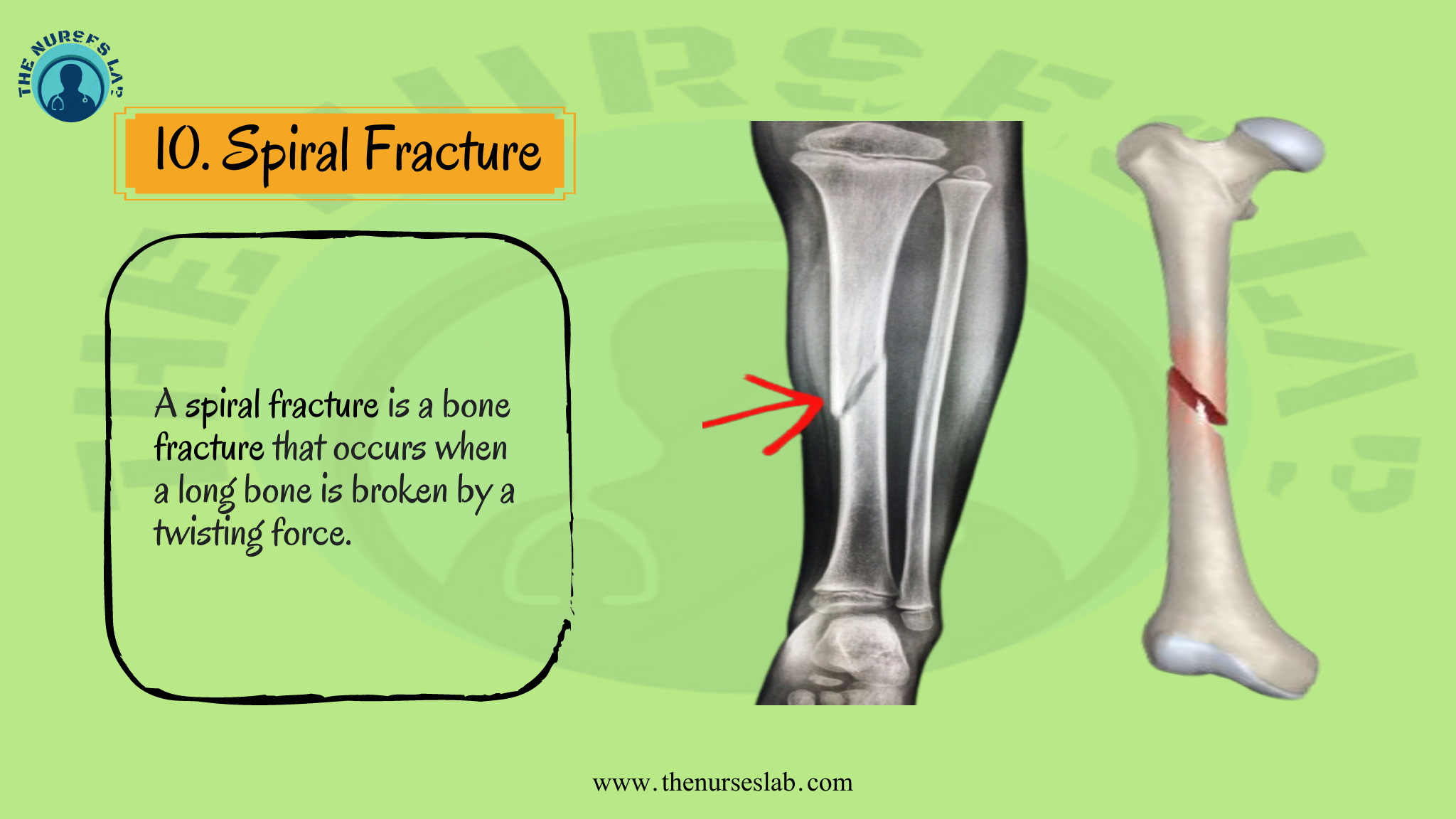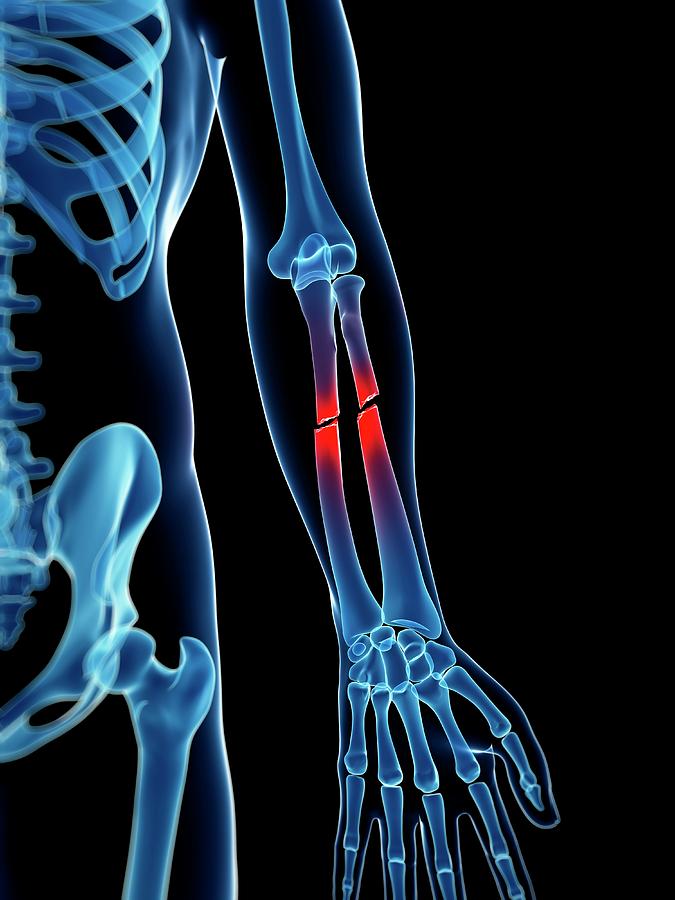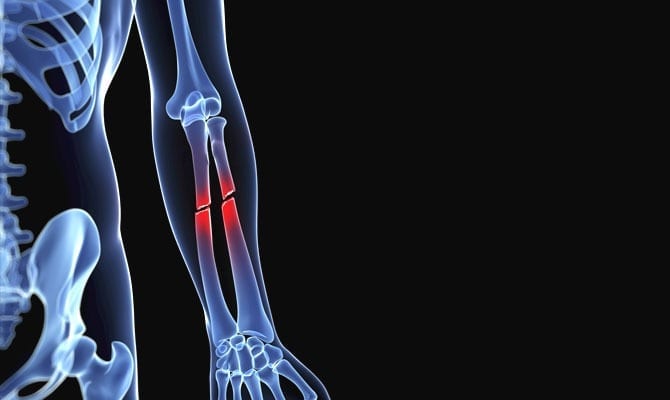
These growths are known as calluses, and their purpose is to stabilize the fracture. The tissue forms a soft collar at the broken ends of the bones, and the tissue grows until the two ends meet. During this time, the body develops cartilage and tissue in and around the fracture site. The repairing or reparative phase begins within the first few days after the bone fracture and lasts for about 2 – 3 weeks. This inflammatory stage ends approximately one week after the fracture. Because of the disruption of blood flow to the bone, some bone cells around the fracture die. This blood starts to clot and forms a fracture hematoma. The inflammatory phase, also called fracture hematoma formation, is the first stage of healing that occurs immediately after the injury.Īccording to one study, approximately 48 hours after the injury, blood vessels torn by the fracture release blood. When someone breaks a bone, they typically go through three stages of healing: Share on Pinterest Broken bones will go through natural healing phases.

The surgeon places metal pins or screws above and below the fracture site to support and immobilize the bone while it heals.

When a person has a severe bone fracture, doctors may need to perform surgery to correct the break. Then, the doctor will put the limb in a functional brace, which allows its early movement and mobility. Usually, doctors put an initial cast on the limb with the broken bone and remove it after some time. Functional cast or braceĪ functional cast or brace differs from traditional cast immobilization in that it allows limited and controlled movement of nearby joints. A cast will allow the bone to heal in the correct position.ĭoctors often use casts to treat fractures in the leg, foot, arm, and wrist bones. If left untreated, it can be fatal.ĭepending on the type and location of the fractured bone, a doctor may recommend the following treatments: Traditional castĪfter repositioning the bone, doctors will typically immobilize the broken bone with a plaster or fiberglass cast. Here, fat globules are released into the bloodstream and deposited in the lung capillaries, leading to respiratory distress. If someone fractures a long bone, such as the thigh bone (femur), they might experience a severe complication called a fat embolism.

No matter how severe a bone fracture is, a person should always see their doctor for treatment to avoid future complications, such as abnormal healing, loss of function, or bone weaknesses. People can have bone fractures with different degrees of severity, and while some may be minor, others can lead to serious complications. One of the goals of treatment is to restore the normal anatomy so a doctor will manipulate and reset each part of the bone into its correct anatomic position. If a person with a fractured bone does not get treatment from a doctor, there is a chance that the bone will heal in an unusual position. Share on Pinterest A doctor can ensure that a bone heals correctly.


 0 kommentar(er)
0 kommentar(er)
